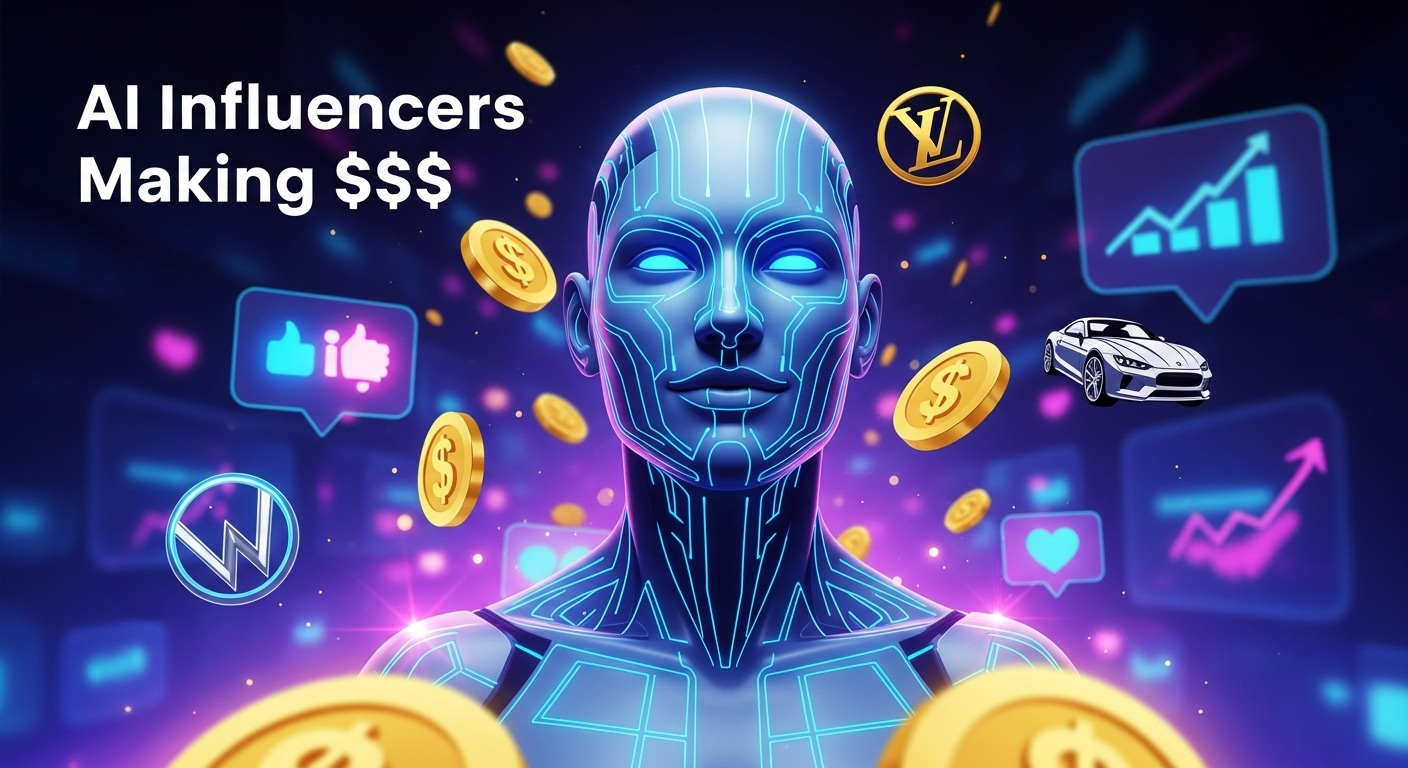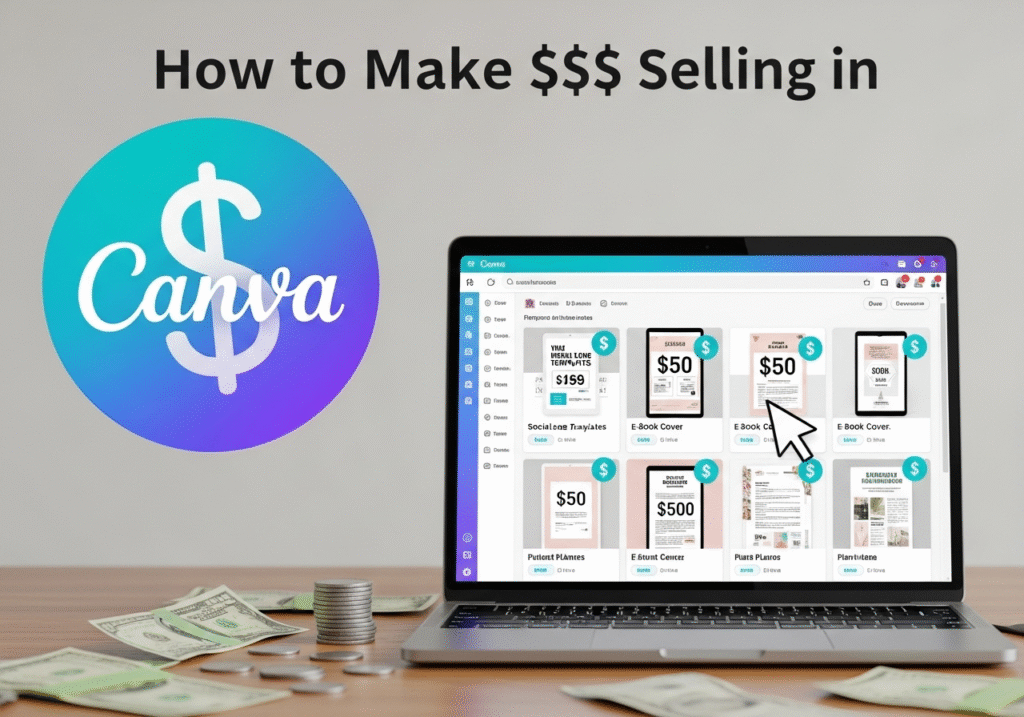
Picture this: an influencer named Emma just landed a massive sponsored post with IKEA, earning more in one deal than most real influencers make in months. Here’s the wild part—she’s not even human. Emma is an AI influencer, a digital creation powered by artificial intelligence, and she’s part of a secret economy that’s making people millions without them ever stepping in front of a camera. I spent the last 90 days studying over 100 AI influencer accounts, digging into their strategies, and what I found blew my mind.
There’s a gold rush happening right now, and the next six months could turn early adopters into the next wave of AI millionaires. In this article, I’ll walk you through the two business models driving this revolution, share real examples of people pulling in seven figures, and explain why consistent AI characters are the secret sauce. Ready to see how it works? Let’s jump in!
The Two Business Models Powering AI Influencers
When I first stumbled into the world of AI influencers, I assumed it was all the same—create a fake persona with an image generator and pray it goes viral. But after dissecting dozens of successful accounts, I realized there are two completely different approaches: one builds long-term brands, and the other churns out instant cash flow. Here’s the breakdown.
Model 1: Building Long-Term AI Brands
This first model is like owning digital real estate—a virtual asset you can grow into a multi-million-dollar empire. Creators craft AI influencers with distinct personalities, backstories, and styles, treating them like real celebrities. These digital stars land huge brand deals and even launch their own products, all while their creators stay anonymous.
Take Imma, for instance. She started as an AI experiment but now collaborates with giants like BMW, Amazon, Magnum, and IKEA. She’s even got her own clothing line! Her creator never shows their face, yet they’ve built a business worth millions. No fans mobbing them in the street—just pure profit.
Then there’s Aitana Lopez, a Spanish AI influencer who’s killing it. She secures big brand deals, runs a Fanvue account for exclusive content, and rakes in affiliate commissions promoting products like the Stanley Cup and Dyson gadgets. Her success was so massive that her creators launched a second AI persona, Leah, and are scaling up fast. According to a Forbes report, virtual influencers can earn up to $10,000 per sponsored post—sometimes more than their human counterparts.
The beauty of this model? You own the character completely. That means authenticity, control, and the ability to build a brand that lasts. But here’s where most people trip up: 90% of AI influencers fail because their creators can’t keep the character’s look consistent. If your AI star looks like a different person in every post, your audience won’t buy in.
Model 2: Instant Cash Flow with Affiliate Marketing
Not into the slow build? This second model is a cash machine that starts working right away. Instead of crafting a unique brand, creators use pre-made AI influencers from platforms like Arcads to pump out viral content across social media. The goal isn’t longevity—it’s money, now.
Look at Anna Health Secrets. One of their videos hit 10 million views and 56,000 comments. How? They grab an AI influencer, create an image that fits the video’s vibe—like posing as a health expert—then pack the video with calls to action. Every commenter gets an affiliate link via automation tools like ManyChat. It’s a 24/7 sales funnel, turning views into commissions.
Another account, Health with Nancy, uses the same playbook but pushes beetroot supplements. They churn out short-form videos with killer hooks and subtle product plugs. Viewers don’t even realize it’s affiliate marketing, which is why it works so well. A Statista report shows affiliate marketing spending hit $8.2 billion in 2022, and it’s only growing.
Here’s a pro tip from my own affiliate marketing days: don’t settle for the default 10% commission. After some solid results, negotiate up to 40% or even 60%, especially with digital products where margins are high. Pick either hyped-up new releases or trusted market leaders—both convert like crazy.
Why the Next 6 Months Are a Game-Changer
We’re at a tipping point. AI tech is now good enough to create lifelike, consistent characters that fool almost anyone. Social media algorithms can’t get enough of them—engagement rates are off the charts because people don’t realize they’re interacting with AI. A HypeAuditor study found virtual influencers get 3x more engagement than real ones. No skepticism, just pure connection—and insane conversion rates.
But this won’t last forever. Right now, we’re in the early adopter phase. Jump in now, and you could dominate before the crowd arrives. Wait too long, and the market will saturate. The clock’s ticking!
The Make-or-Break Skill: Consistent AI Characters
Here’s the deal: none of this works if your AI influencer looks like a stranger every post. Consistency is the golden ticket, and it’s why I’ve put together a workshop to teach you how to nail it. I’ll show you the step-by-step process to create your own AI influencer, including the tricks that took me months to crack. Enrollment closes Sunday, August 10th—grab your spot here before it’s gone.
Conclusion: Your Shot at the AI Influencer Gold Rush
AI influencers are rewriting the rules of fame and fortune. Whether you’re building a lasting brand like Imma or cashing in fast with affiliate marketing, the potential is massive. But it all hinges on mastering consistent AI characters. The next six months could be your window to millions—are you in? Drop your thoughts in the comments, and let’s chat about it!


